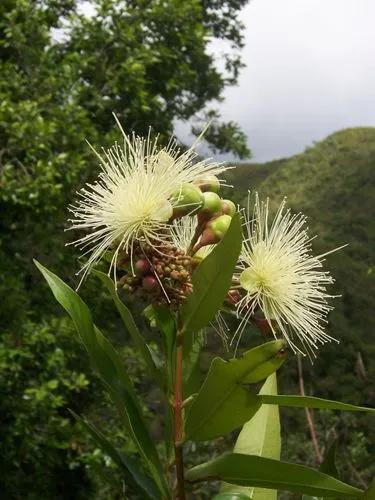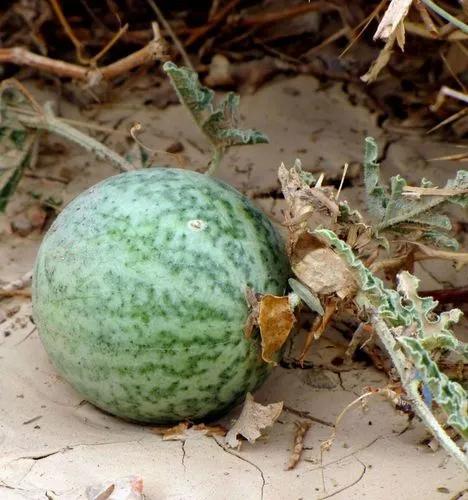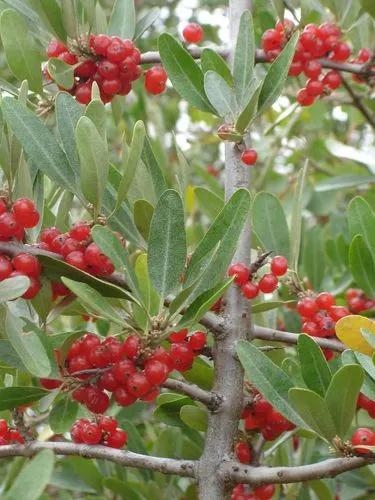The Valencia Orange is a type of sweet orange named after València city in Spain. The skin of these fruits is slightly thinner, making it smoother and tougher to peel. The oranges are typically smaller in size than other orange species, and they have a distinct bright orange color.
Valencia Orange Care
Citrus sinensis 'Valencia'
Other names: Orange Valencia



Commonly known as Valencia Orange, Citrus sinensis 'Valencia' is a cultivar created in the mid-19th century by William Wolfskill, an American agronomist. The tree typically grows to a height of 20-30 feet (6-9 m) and sometimes can reach up to 50 feet (15 m). The bark is rough, with deep furrows and ridges. The leaves are glossy, dark green, and elliptical, with slightly serrated edges. Valencia Orange produces fragrant flowers that are white in color and grow in clusters. The blooms are often used in perfumes and as a flavoring in cooking. The fruits of the Valencia orange tree are round or slightly oval. They are bright orange when ripe and have slightly thinner skin than other orange varieties. The flesh is juicy and seed-filled. The fruit contains 10-30 small oval seeds surrounded by a juicy flesh.
How to Care for the Plant

Water

It's recommended to keep the soil of Valencia orange moist but not waterlogged. A newly planted tree needs to be hydrated every 2-3 days. An established plant can do with once or twice-a-week watering.

Pruning

Disinfect pruning shears by wiping them with rubbing alcohol and prune the Valencia orange tree in early spring. Remove the desired branches to maintain the tree's shape. Don't forget to trim off any damaged or dried parts.

Fertilizer

This tree would benefit from citrus-specific 2-1-1 NPK fertilizer tree times a year. Fruit trees rarely produce crops when grown indoors but regular feeding can help them maintain lush and healthy foliage.

Sunlight

This tree enjoys direct sun. Make sure it receives at least 6-8 hours of direct sunlight daily. A place near a south or east-facing window would be the best for this plant.

Soil

Well-draining, sandy soil is what Valencia orange enjoys. Do not amend the growing medium with organic matter because the tree does not require it. Make sure the soil drains well and it is not prone to sogginess or flooding.

Propagation

Valencia orange tree can be propagated from seeds or hardwood cuttings. Going with the second method, the tree will turn into mature plant a lot faster.

Temperature

This tree feels best in 59-100°F (15-37°C) temperature range.

Container

Growing Valencia Orange in a container, opt for a large enough pot as the plant needs much space to establish a strong root system. Choose at least two times larger pot than the current root ball, and make sure the container has drainage holes to prevent overwatering.

Fun fact

Valencia oranges are the preferred type of orange for commercial juice processing. The fruits have a tangy, sweet flavor and slightly lower acidity than other orange varieties.

Popularity

8,675 people already have this plant 1,269 people have added this plant to their wishlists
Discover more plants with the list below
Popular articles






